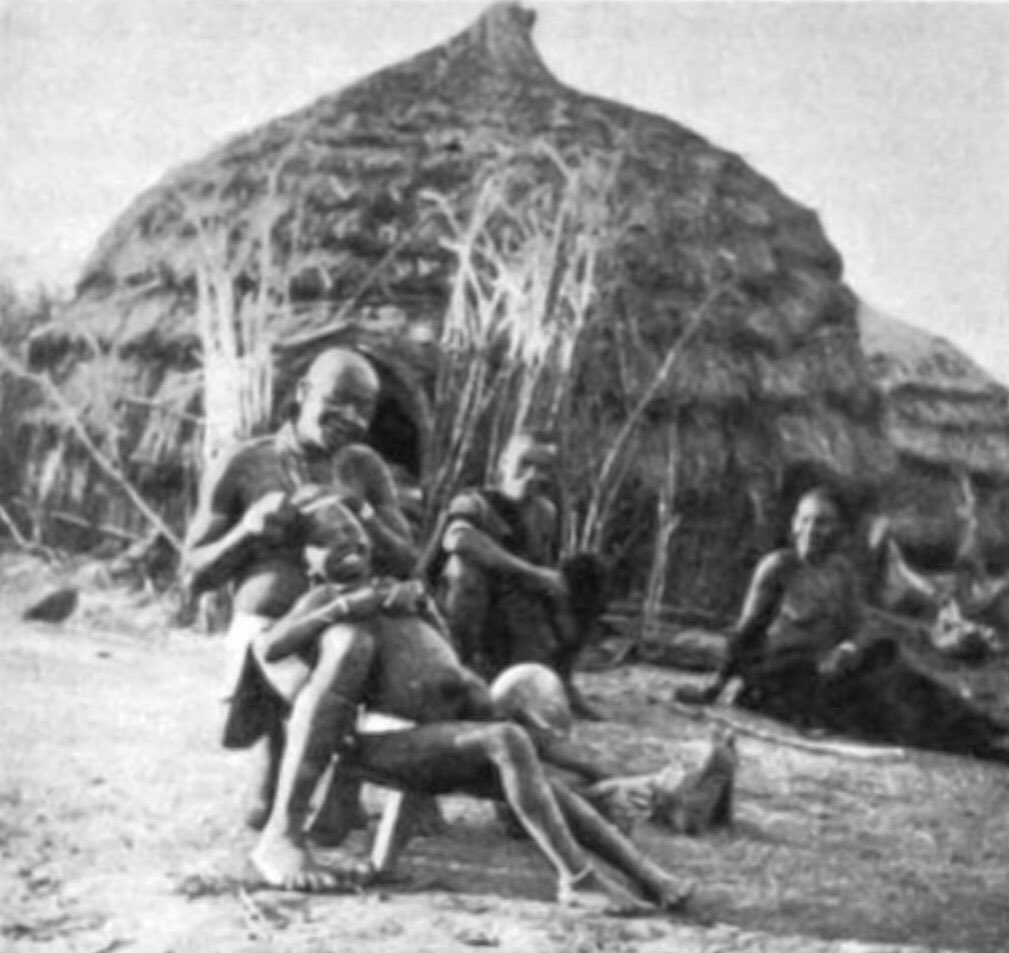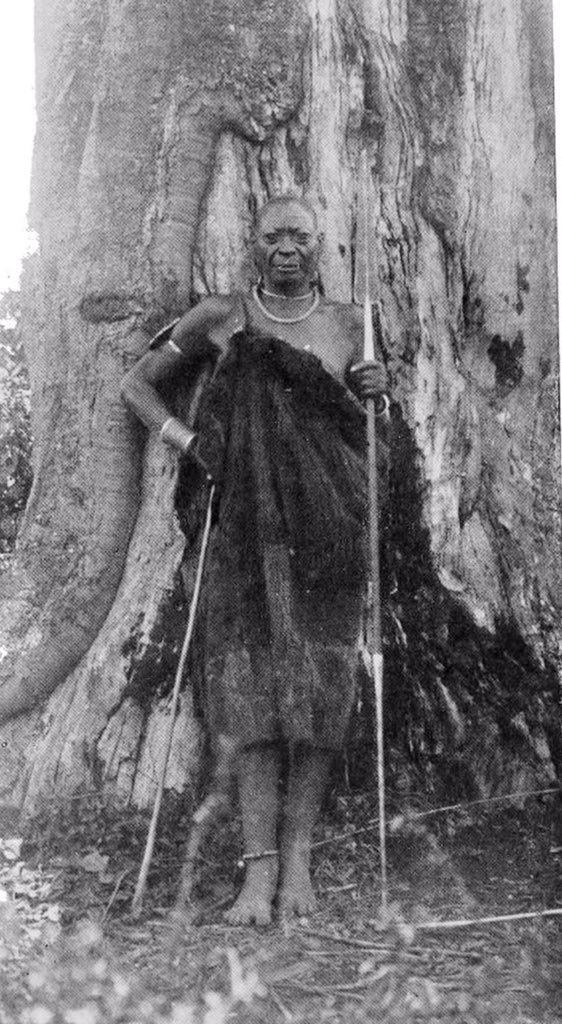From memoirs of a British ivory trader, Alfred Ariel Hardwick, we learn more about the M’thara, Chuka and Kianjai clans of the wider Ameru community.

The setting is late 1899.
But I’m convinced he meant Murang’a.
An official of the Imperial British East Africa (IBEA) Company, Hall built Fort Hall (Murang’a town today) and became its administrator.
There was fear in the camp. Porters threw looks of apprehension, as if for orders, at their equally anxious European masters.
It was then that the two camps agreed that the Wa’Embe had to be taught a lesson.
Upon review of the intelligence information, the force got ready to confront the enemy.
He went on to describe Embe country.
All three wazungu instinctively reached out for their rifles.
It was “dark as Erebus”, is how Hardwick described the night.
N’Dominuki’s nephew and a Maasai guide (well, it was discovered later that the guide was an impostor, and Embu by tribe - a story for another day) led the way.
Behind the lead Somali guards were El Hakim, George and Hardwick. The rest were left behind at camp.
So they called off any plans for a pursuit.
In contrast, Hardwick had nothing but praise for the Wanyamwezi.















